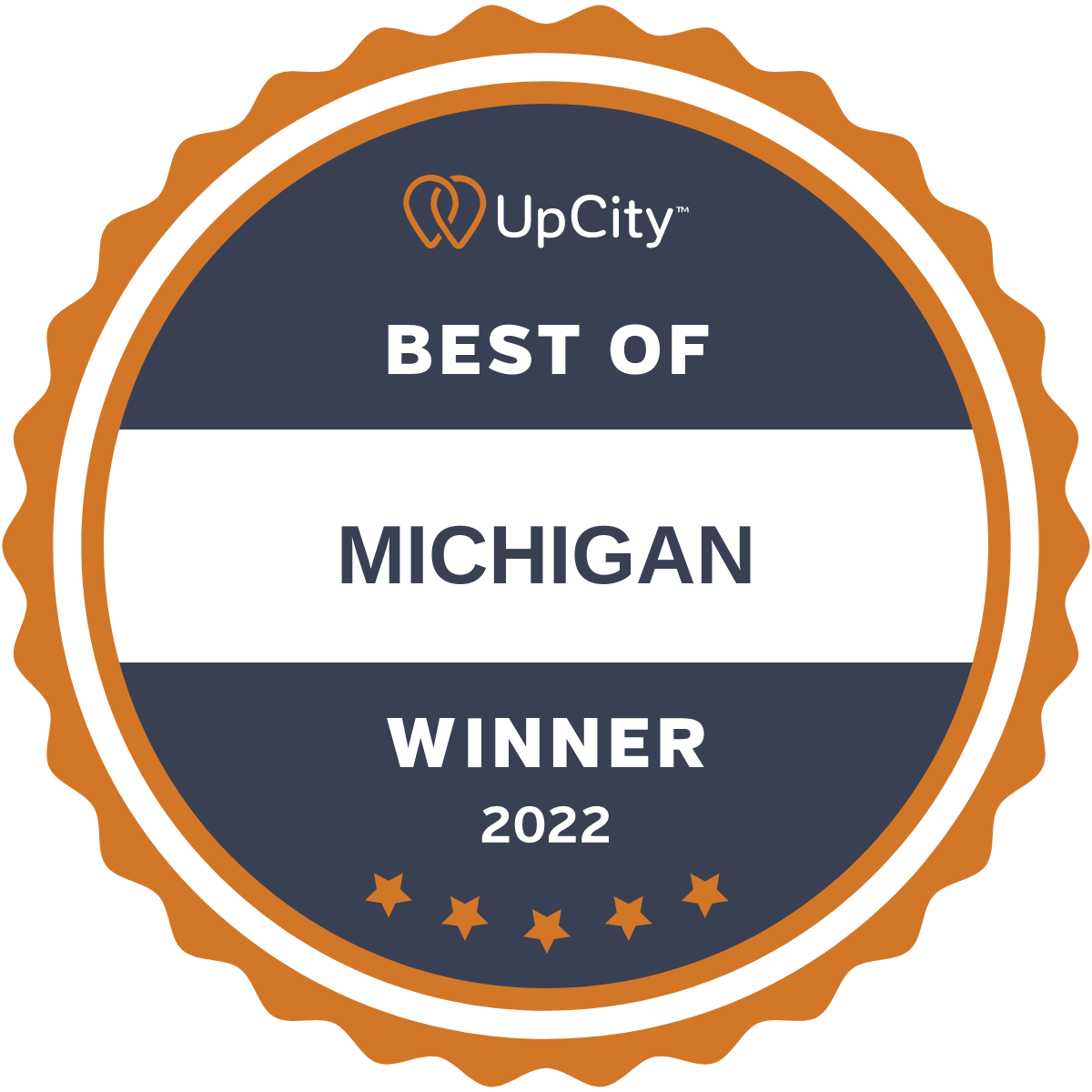Epic SEO and Digital Marketing for Non-Profits You'll Love
Digital marketing and SEO are no longer just tools for commercial businesses; they have become essential strategies for non-profit organizations (NPOs) looking to extend their reach, engage supporters, and grow their impact.
While non-profits typically face different challenges compared to for-profit companies, these strategies are just as important for them. In this article, we’ll explore the fundamentals of digital marketing and SEO for non-profits, providing practical insights and examples to help organizations get started.
📲 Does your non-profit organization need a reliable SEO company? Schedule a Call with Speck Designs. 📞
Understanding Digital Marketing for Non-Profits
Digital marketing solutions collectively refer to intertwined activities that promote a brand or cause. You can do this through digital channels such as websites, social media platforms, search engines, email, and mobile apps. For non-profits, digital marketing is vital because it enables them to:
- Reach a larger audience
Many potential donors, volunteers, and supporters spend their time online, so non-profits need to meet them where they are. - Increase engagement
Digital tools allow non-profits to engage with their audiences in meaningful ways—whether through social media interactions, email campaigns, or impactful website content. - Boost fundraising efforts
With digital tools, NPOs can run targeted fundraising campaigns, allowing for easier donations, engagement, and awareness-building.
Why SEO Matters for Non-Profits
SEO for non-profits involves optimizing your website and online content to increase visibility in search engine results. This process is crucial because the higher your organization ranks on search engines like Google, the more likely people are to find your website. Since non-profits often work with limited budgets, SEO offers an affordable way to gain online visibility and direct people to their causes.
SEO involves several strategies that are important for non-profits:
- On-Page SEO
This includes optimizing your website’s content, meta descriptions, and page titles to make them relevant to your target audience. Non-profits should focus on using keywords related to their cause, such as “donate to animal rescue” or “support climate change efforts,” and developing evergreen content for best results. - Technical SEO
Technical aspects like website speed, mobile optimization, and secure browsing (HTTPS) are critical to ensure a good user experience and better search rankings. - Local SEO
For non-profits serving specific communities, local SEO can help them appear in local search results, making it easier for people nearby to find them and contribute. - Link Building
Gaining backlinks from reputable sources helps improve a website’s domain authority. Non-profits can partner with other organizations, media outlets, and influential bloggers to build these valuable links.

Getting Started with Digital Marketing for Non-Profits
Here’s a step-by-step approach to help non-profits implement digital marketing strategies:
Step 1: Define Clear Goals
Before diving into digital marketing and SEO, it’s essential to define what your non-profit hopes to achieve. Your goals will guide your strategy and tactics. Common goals for non-profits might include:
- Increasing awareness about a cause
- Engaging current supporters
- Driving donations and raising funds
- Attracting new volunteers or advocates
- Setting measurable objectives (e.g., "Increase website traffic by 25% in six months" or "Raise $50,000 through an online campaign") will help you track the success of your digital marketing efforts.
Step 2: Know Your Audience Better
Understanding your audience is key to creating content that resonates with them. Consider the demographics and interests of those who are likely to support your cause. For example, young people might be more likely to engage with a non-profit through social media platforms like Instagram or TikTok.
Older generations may prefer email communication or Facebook.
Corporations or local businesses might be interested in partnership opportunities and sponsorships.
Knowing your audience will help you choose the right digital platforms and tailor your messages to them. Tools like Google Analytics, Facebook Insights, and Twitter Analytics can provide valuable data on who your audience is and how they interact with your content.
Step 3: Build a Stronger Online Presence with Digital Marketing and SEO for Non-Profits
A professional and user-friendly website is where your supporters can learn about your mission, find ways to donate, and engage with your content. Your website should have:
- Clear navigation: Ensure that visitors can easily find key pages, such as donation forms, volunteer opportunities, and event information.
- Compelling content: It’s important to tell your story in a way that connects emotionally with visitors. Use impactful visuals (photos, videos) and testimonials to illustrate the difference your non-profit is making.
- Relevant call-to-actions (CTAs): Every page should have a clear next step—whether it’s donating, signing up for a newsletter, or volunteering.
Tackling Social Media for Non-Profits
Social media is an essential component of digital marketing, offering a free and powerful platform to reach large audiences. For non-profits, social media can help raise awareness, engage followers, and inspire action.
Here are some tips for effective social media marketing for non-profits:
- Use storytelling
Share powerful stories about the people, animals, or causes your organization supports. This will humanize your work and resonate with your followers. - Engage with followers
Respond to comments, share user-generated content, and encourage followers to interact with your posts. - Host online events
Run live Q&A sessions, virtual fundraising events, or awareness campaigns to connect directly with supporters. - Leverage hashtags
Hashtags are essential for reaching broader audiences. Use relevant, popular hashtags to increase your posts' visibility. For instance, organizations supporting climate action might use hashtags like #ActOnClimate or #ClimateChange.
Email Marketing and Newsletters
Email marketing is a tried-and-true method for non-profits to keep their supporters informed and engaged. It's an excellent tool for building relationships and nurturing long-term support.
Here’s how to make the most of email marketing:
- Segment your list
Tailor your emails based on donor behavior or volunteer interest. For instance, send updates and gratitude emails to existing donors while sending information about upcoming events to volunteers. - Create compelling subject lines
The subject line is the first thing your subscribers see. Make sure it’s attention-grabbing and relevant, such as “Your Donation is Changing Lives” or “Join Us in the Fight Against Hunger.” - Use personalized stories
Much like social media, email content for non-profits should focus on the impact your organization is making. Use personalized stories to showcase the difference donations and support can make. - Promote fundraising efforts
Use emails to inform subscribers about upcoming fundraising campaigns, online donation drives, or events.









